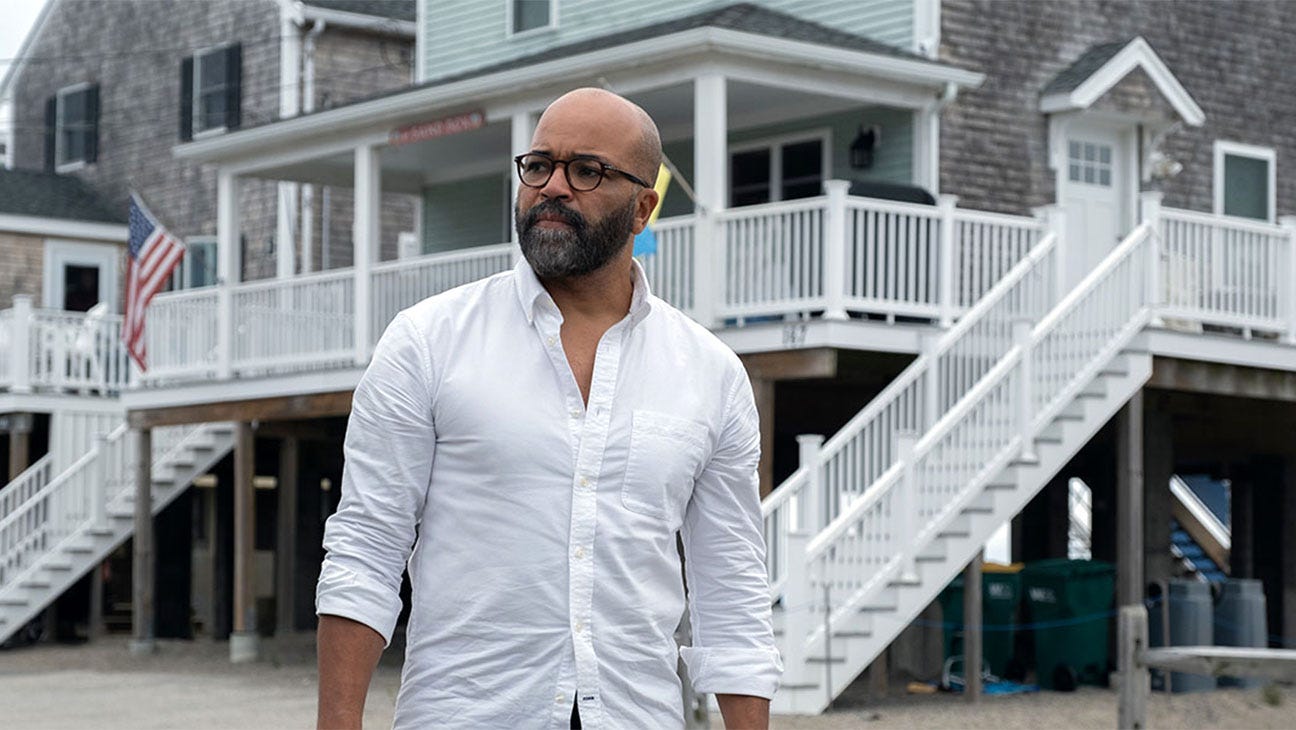A Very Treatment Studio Playbook (A FilmStack Joint Post)
A five-point FilmStack author challenge
Salutations starseeds! Yesterday I happened upon a challenge issued to us FilmStackers by — offer up five things we’d do if we were handed the keys to a film studio.
My first order of business would be to splurge on the rights to Treasure Planet, produce a live-action remake, and then immediately resign after the premiere, after which I would leave my successor with the following mandates:
1.) Invest in physical media
Look, we all love the cinema; culturally, socially, and economically speaking, there is no film landscape that meaningfully survives without a heavy theatrical component.
But let’s also be honest with ourselves; movie theatres — speaking in terms of location1 — are not accessible. I grew up in a minuscule town, an hour-and-change’s drive from the nearest cinema, which itself was tiny and therefore had limited viewing options. You’d be lucky to have a shot at seeing half of the new releases, and if there were box office juggernauts in play, forget it; who needs new indie darlings when you can watch Top Gun: Maverick for six months?
This to say that folks who live far away from the pictures — and whose days would therefore need to unreasonably/impossibly start and end with moviegoing, to say nothing of bombastic gas/travel prices — shouldn’t be deprived of catching new releases with the ease that their metropolitan brethren enjoy. Why not, then, give these communities realistic opportunities to see these new releases via physical media?
Develop a physical release to be ready in tandem with the theatrical date, let people buy them online to be shipped to their door, and only allow shipment to rural postal codes so as to protect the theatrical ecosystem. Whatever’s left can just go to the shelves post-theatrical run, which already happens anyway.
I hate the streaming model as much as anybody, but if you call for its death without pushing for a home media model like this, you wind up isolating a lot of people. It’s true that IMAX purists might drone a bit louder, but that’s a small price to pay to ensure that everyone, regardless of location, has the same opportunity to engage with the world of film.
2.) Make ten $20 million movies instead of one $200 million movie
This was the advice that Cord Jefferson offered when he rightly won the Best Adapted Screenplay Oscar for American Fiction, and this is perhaps the biggest no-brainer of the bunch.
I say that because ten $20 million movies and one $200 million movie are the same financial investment, give or take marketing expenses, but you only get one opportunity to make a profit with the latter. With the former, you have ten opportunities, all with lower thresholds for coming out in the green, plus you’re ten times more likely to happen upon an Anyone But You situation ($220.3 million haul against a $25 million budget).
Want to traffic in blockbuster territory with these lower budgets? Takashi Yamazaki — the man we have to thank for Godzilla Minus One — has shown us that it’s possible.
Have a fantastic but expensive-looking script, and don’t have a Yamazaki to phone in? Make a 2D animated film. Let storytelling’s many faces take the stage.
Moreover, the lone $200 million film has the unenviable and frankly counterproductive task of appealing to the widest possible market, which often means a death sentence for creativity (and, by extension, quality). With ten films, you can focus on ten compartmentalized markets, allowing you to maximize appeal at a far lesser cost of originality, and vice versa.
And in order to do that, you…
3.) Play with a variety of genres
…each of which calls a market home. Every cinematic persuasion — be it comedy, drama, horror, sci-fi, fantasy, mystery, romance, and every other storytelling sheen under the sun — has an audience, and every effort should be made to try on a different genre hat with every new release. This is conducive to both the health of the market and the health of the art. If you can lock scripts that mix genres without falling into the mass appeal trap, that’s even better.
And despite popular belief, tight budgets do not disadvantage certain genres. You can make a good sci-fi movie on a $20 million budget; Monolith did it with less than A$500,000.2
Finally, for god’s sake, include children’s/family films in this brave new world, and take them as seriously as you would your Oscar hopefuls.3
4.) Prioritize the script
I have no shame — and in fact take great pride — in being excited for James Gunn’s DC Universe. The man has committed to not flipping the “on” switch on a single project until/unless the script is worthy of being splurged on. Hate superheroes all you please, but you can’t deny how utopian of a mandate that is.
Am I picking at low-hanging fruit with this one? Yes, absolutely, and it’s precisely because of its present, unthinkable unpluckedness that I’m dedicating a whole point to it.
5.) Tell stories from all walks of life
I’ve said it before, I’ll say it again, and I aim to embody it in everything I write — watching movies is a fundamentally empathetic act, and so if we’re only telling stories from one perspective, we are failing audiences.
Indeed, movies are elderly, Asian, Black, disabled, non-English, transgender, Latino, chronically ill, poor, Jewish, queer, schizophrenic, and Muslim in equal measure that they’re male, white, and heterosexual4. There is not a single human being on this Earth who doesn’t benefit from that fact.
And listen, if you only watch movies about one group of people, I’m not gonna shame you for that. All I’m saying is, I would personally feel a bit ridiculous about walking into a party and complaining about the smörgåsbord before suggesting a loaf of bread as its replacement, despite the smörgåsbord containing plenty of bread and bread-like indulgences.
Eat your vegetables and spice your pasta, folks; your lives will be richer for it.
Thanks again to Ted for leading this creative charge, as he so often does in FilmStack’s nifty little corner of the internet. I’ll be posting again on Wednesday, wherein I’ll talk about Saltburn, so be sure to tune in/shield your eyes/do some combination of the two for that.
Though I’m sure there’s plenty to say on the ability front as well.
A$ = Australian dollars
Which may or may not also be a children’s/family film.
Heterosexual is a sexuality. Straight is a cultural identity. I will not elaborate.









"Develop a physical release to be ready in tandem with the theatrical date, let people buy them online to be shipped to their door, and only allow shipment to rural postal codes so as to protect the theatrical ecosystem. Whatever’s left can just go to the shelves post-theatrical run, which already happens anyway."
I would support this heavily. It's equally important for television series to be distributed in the same fashion.
People don't understand how much the end of Netflix's red envelope service fucked over rural folks who a) don't have a movie theatre within, like, 100 miles and b) don't have particularly high bandwidth Internet good for streaming. These are millions of people.
It frustrates me because the red envelope service was profitable, "but not enough." It also frustrates me because Netflix chose to close it as a competitor rather than sell it as an asset.